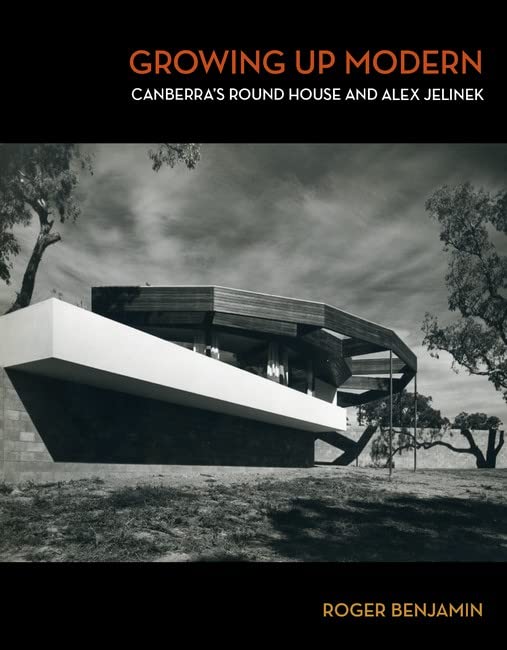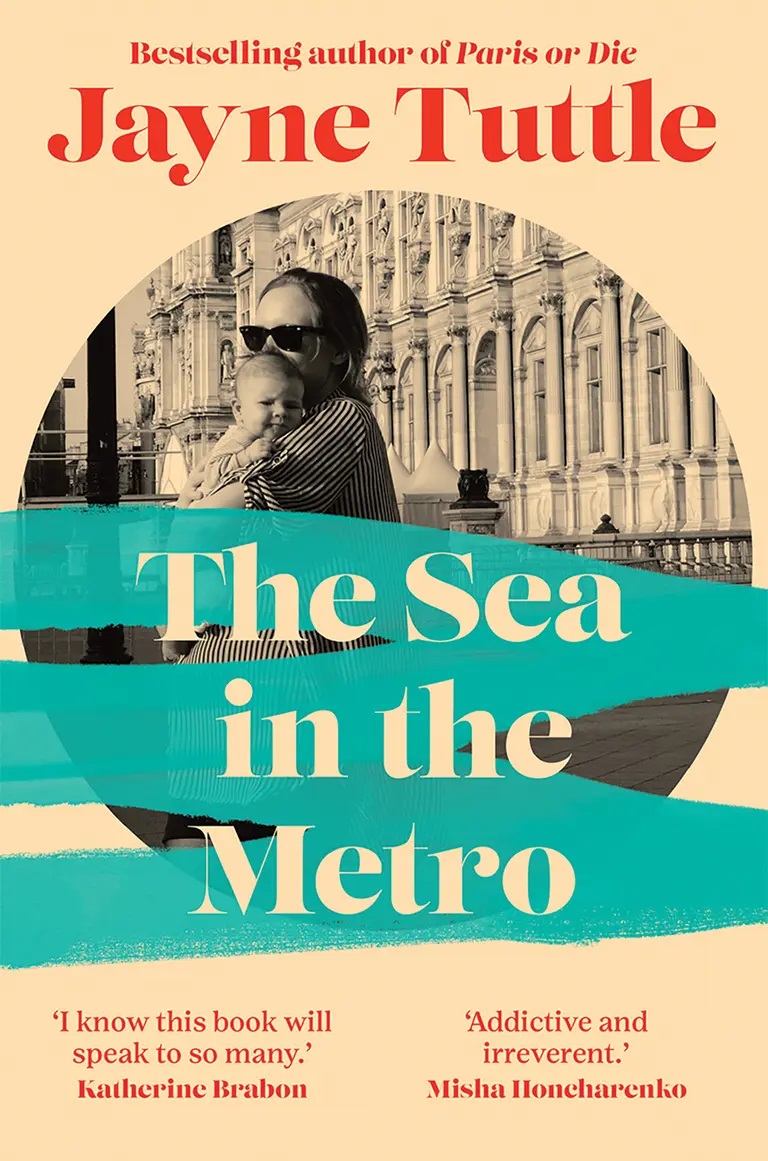Growing Up Modern: Canberra’s Round House and Alex Jelinek
Halstead Press, $49.95 pb, 196 pp
Curve as cue

Childhood memories often merge real life with imaginary nostalgia, but in Growing up Modern, Roger Benjamin’s memoir of his family’s 1956 modernist Round House, in the then rural Canberra suburb of Deakin, we find adolescent memories collaged with a mix of archival, architectural, social, and personal histories. It is set mainly during Australia’s postwar years of the 1950s when reconstructive policies drove economic, scientific, educational, and cultural reform. this was also a time when an influx of immigrants, multicultural labourers, and specialist émigrés inserted themselves into Australia’s Anglocentric landscape. The book tells a Canberra and Melbourne story about architectural and cultural modernism, so often imported with the émigrés, that countered Australia’s cultural cringe and anachronistic nationalism.
Benjamin, an accomplished art historian, offers a polished narrative balanced by his unwavering sense of content, form, and cultural value. He takes us to the heart of 1950s optimism set within the national capital’s utopian framework and its fishbowl world of public servants and close-knit academics attached to the capital’s new university. We also encounter the best of European modernism within a bush setting when Bruce Benjamin, Roger’s philosopher father, commissioned a young refugee Czechoslovakian to design and oversee almost every detail of their new family home, the remarkable Round House at 10 Gawler Crescent. Thankfully, the house is now a protected heritage building, due to the custodianship of Roger, whose meticulous cataloguing of its history brings the spatial, functional, aesthetic, and textural properties of the building into sharp focus, while introducing an entourage of émigrés and individuals associated with the family and the construction of the building.
Like the spokes of a wheel, Jelinek’s Round House, based on a Pythagorean spiral, complements Walter Burley Griffin’s circular geometric layout of the city. Benjamin’s deftly researched study of Alex Jelinek illuminates the aesthetic foundations that shaped the young architectural student during the 1930s, when the interwar Czech modernist group Devêtsil, the counterpart to the Dutch De Stijl and Russian Constructivist movements, as well as Functionalism and the International Style, epitomised Europe’s own cultural revival. There Jelinek had flourished, until Stalin’s Soviet police state suppressed cultural freedom and forced his escape. We are told of his survival and arrival in Australia, and his employment with the Snowy Mountains Hydroelectric Scheme, which from 1949 was a magnet for many ‘new Australians’, including British, European, Mediterranean, and Eastern Bloc men. It sets the multicultural tone of this fascinating story.
Continue reading for only $10 per month. Subscribe and gain full access to Australian Book Review. Already a subscriber? Sign in. If you need assistance, feel free to contact us.












Leave a comment
If you are an ABR subscriber, you will need to sign in to post a comment.
If you have forgotten your sign in details, or if you receive an error message when trying to submit your comment, please email your comment (and the name of the article to which it relates) to ABR Comments. We will review your comment and, subject to approval, we will post it under your name.
Please note that all comments must be approved by ABR and comply with our Terms & Conditions.